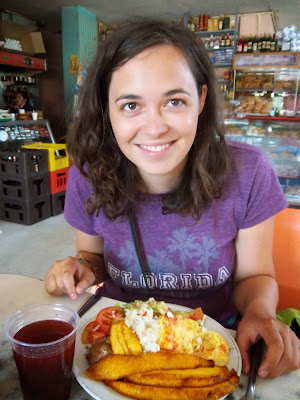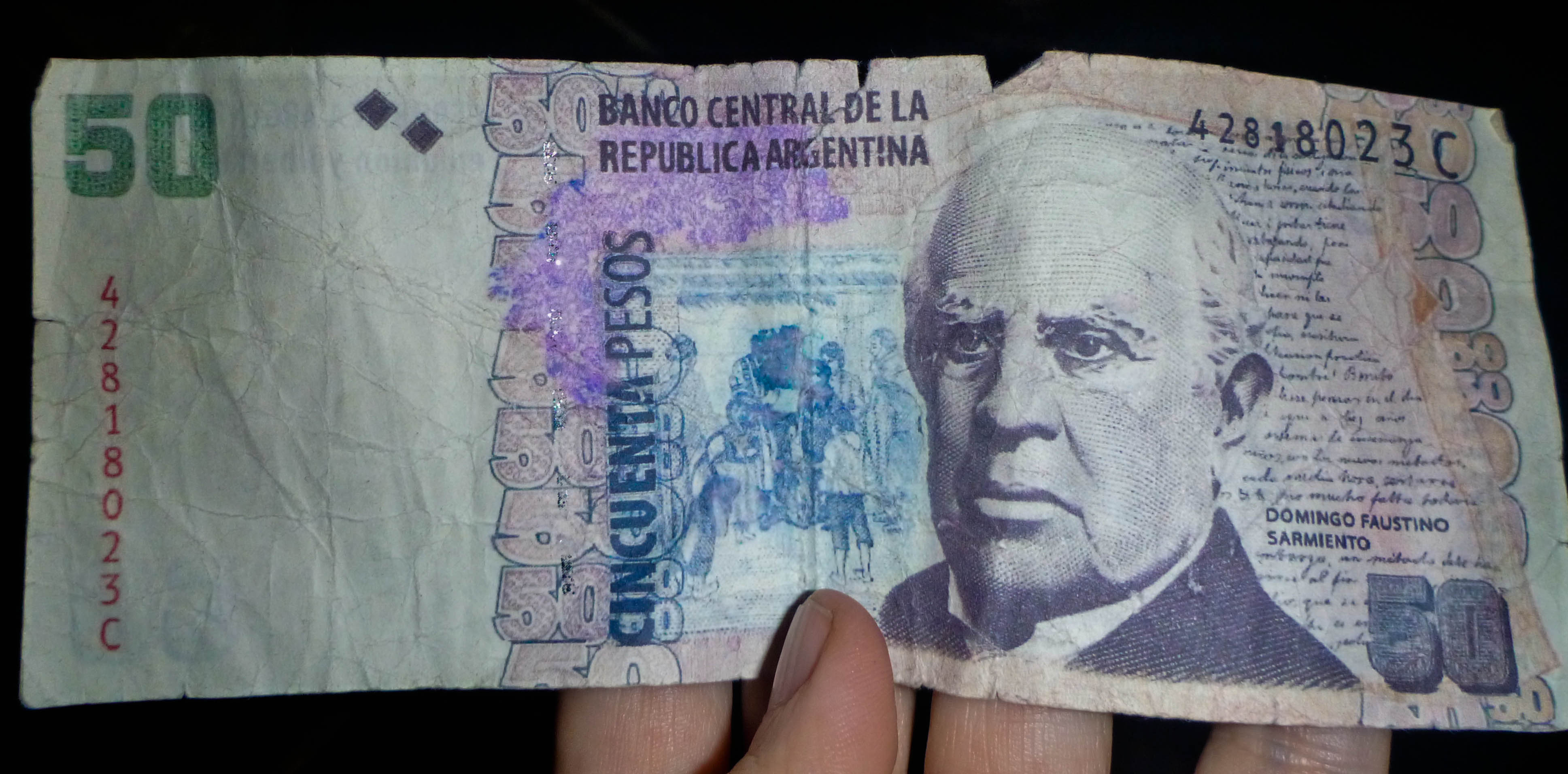Something funny happens when you cross the Tropic of Capricorn, heading deeper South in South America. The people start talking funny. It's still the Spanish language, but not quite that same recognizable version found in the rest of the Hispanophone world. Is it some rare regional lisp ? Nah. An epidemic of Foreign Accent Syndrome seems even more unlikely. But there's definitely something odd going on here.
To make this speech impediment, or rather, understanding impediment more understandable for Anglophone readers, I'll have to graft it onto some somewhat-forced, somewhat-phonetic English speech.
"It was Shuletide in Wyshoming in the shear 2013. The shung shankee with a black and white shin-shang on his t-shirt looked at the canshun and shearned to go climbing up the shellow walls. Another shouth, a classmate from Shale, was finishing his dish of shucca and shellow shokes. He stood and shelled, 'This food is shucky !' The first shungster responded, 'Shou're crazy, I thought it was was shummy. If shou'd rather some shoghurt, I have some in my shellow bag.'"
You'd be forgiven if you were imaging Southern South America populated by legions of mischievous short-tempered ducks in sailor suits. But unlike Pato Donald's famous buccal speech, the Spanish of Argentina and Uruguay is characterized phonologically by yeismo (known locally as sheismo). Like the gibberish languages Pig Latin, Ub, and Snoop Dogg's "-Izzle" slang, Argentine Spanish can be at times unintelligible until the listener becomes accustomed to the new phonetic system.
To make this speech impediment, or rather, understanding impediment more understandable for Anglophone readers, I'll have to graft it onto some somewhat-forced, somewhat-phonetic English speech.
"It was Shuletide in Wyshoming in the shear 2013. The shung shankee with a black and white shin-shang on his t-shirt looked at the canshun and shearned to go climbing up the shellow walls. Another shouth, a classmate from Shale, was finishing his dish of shucca and shellow shokes. He stood and shelled, 'This food is shucky !' The first shungster responded, 'Shou're crazy, I thought it was was shummy. If shou'd rather some shoghurt, I have some in my shellow bag.'"
You'd be forgiven if you were imaging Southern South America populated by legions of mischievous short-tempered ducks in sailor suits. But unlike Pato Donald's famous buccal speech, the Spanish of Argentina and Uruguay is characterized phonologically by yeismo (known locally as sheismo). Like the gibberish languages Pig Latin, Ub, and Snoop Dogg's "-Izzle" slang, Argentine Spanish can be at times unintelligible until the listener becomes accustomed to the new phonetic system.







